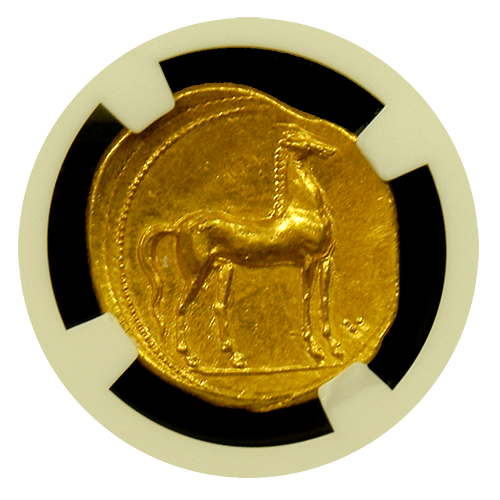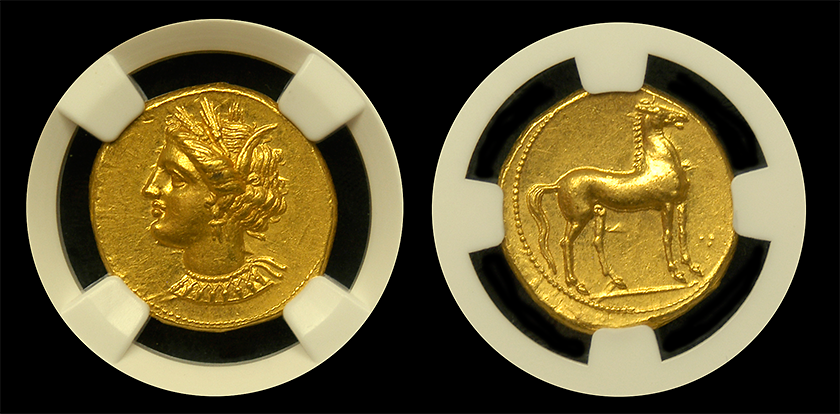Nestled alongside the northern coast of Africa, Zeugitana emerged as a area of historic significance throughout the reign of Carthage in c.350-320 BC. This period witnessed the zenith of Carthaginian energy and affect, shaping the future of the Mediterranean panorama. Additionally, the traditional glory of Zeugitana is a charming story and a interval that left an indelible mark on the area’s historical past.
The Rise of Carthaginian Supremacy
Throughout c.350-320 BC, Carthage was on the top of its energy, ruling over an unlimited maritime empire that spanned throughout the Mediterranean. With its strategic location, naval prowess, and sturdy financial system, Carthage exerted vital affect over the lands it managed. Zeugitana, a coastal area encompassing components of modern-day Tunisia, was an integral a part of Carthage’s dominion. This era marked an period of enlargement and prosperity for each Carthage and Zeugitana.
Financial Prosperity and Cultural Flourish
Carthage’s rule led to financial prosperity and cultural progress to Zeugitana. The area’s strategic location made it a vital hub for commerce and commerce. Its ports bustled with ships from numerous corners of the traditional world, carrying helpful items and concepts. Consequently, Zeugitana turned a melting pot of cultures, the place various traditions and information intermingled. The flourishing arts, structure, and commerce routes all contributed to the cultural renaissance of the area.
Strategic Significance and Navy Would possibly
Zeugitana’s strategic significance was not misplaced on Carthage, which closely fortified the area towards potential rivals. Carthaginian army forces bolstered their defenses, making certain the security of their maritime routes and helpful assets. Zeugitana’s place as a key hyperlink between Carthage and different components of their empire made it a significant asset. In actual fact, the army may of Carthage safeguarded the area’s stability and secured its function within the bigger Carthaginian dominion.
Challenges and the Ebb of Energy
The identical elements that contributed to Carthage’s rise additionally sowed the seeds of its downfall. Particularly, rivalries with different Mediterranean powers, most notably Rome, regularly escalated into conflicts that might redefine the course of historical past. The Punic Wars, spanning over a century, noticed Carthage’s dominance erode. Moreover, Zeugitana, as soon as an emblem of Carthaginian power, bore witness to the challenges that finally led to Carthage’s defeat and downfall.
Legacy and Enduring Affect
Regardless of its eventual decline, Carthage’s rule over Zeugitana left an indelible legacy. The cultural exchanges, financial progress, and army prowess of the area beneath Carthaginian rule formed its identification for hundreds of years to come back. Moreover, the traces of Carthaginian influence can still be seen in the art, structure, and cultural practices of contemporary Tunisia. The legacy of Zeugitana serves as a testomony to the lasting impression of Carthaginian dominion within the historical world.
A Glimpse of Numismatic Heritage
 Amidst the historic tapestry of Zeugitana, now we have a photograph of 1 that stands as a testomony to the wealthy numismatic heritage of the area. Certainly, this beautiful AV Stater pictured to the left, weighing 9.43 grams, elegantly captures the essence of its time. The obverse options the sleek determine of Tanit, a distinguished deity in Carthaginian tradition, embodying fertility and safety. On the reverse, an impressive horse stands robust, symbolizing power and vitality.
Amidst the historic tapestry of Zeugitana, now we have a photograph of 1 that stands as a testomony to the wealthy numismatic heritage of the area. Certainly, this beautiful AV Stater pictured to the left, weighing 9.43 grams, elegantly captures the essence of its time. The obverse options the sleek determine of Tanit, a distinguished deity in Carthaginian tradition, embodying fertility and safety. On the reverse, an impressive horse stands robust, symbolizing power and vitality.
This coin, with its distinctive state of preservation, has earned accolades from specialists. Furthermore, it holds a Mint State grade with a further star ranking, boasting a exceptional strike of 5/5 and a floor ranking of 4/5. Lastly, its wonderful type provides a contact of creative finesse, as acknowledged by NGC. This coin serves as a tangible hyperlink to the period of Zeugitana’s affect and prosperity, showcasing the intricate mix of artistry, tradition, and historical past that resonates by the ages.
Conclusion
The traditional glory of Zeugitana in c.350-320 BC stands as a testomony to the intricate interaction between energy, tradition, and future. As we replicate on this era, we uncover a narrative of enlargement, prosperity, and challenges that formed the area’s narrative. The enduring legacy of Carthaginian rule continues to resonate by the ages, reminding us of the colourful historical past of Zeugitana. In conclusion, their pivotal function within the historical Mediterranean world stays a testomony to their cultural and historic significance.

